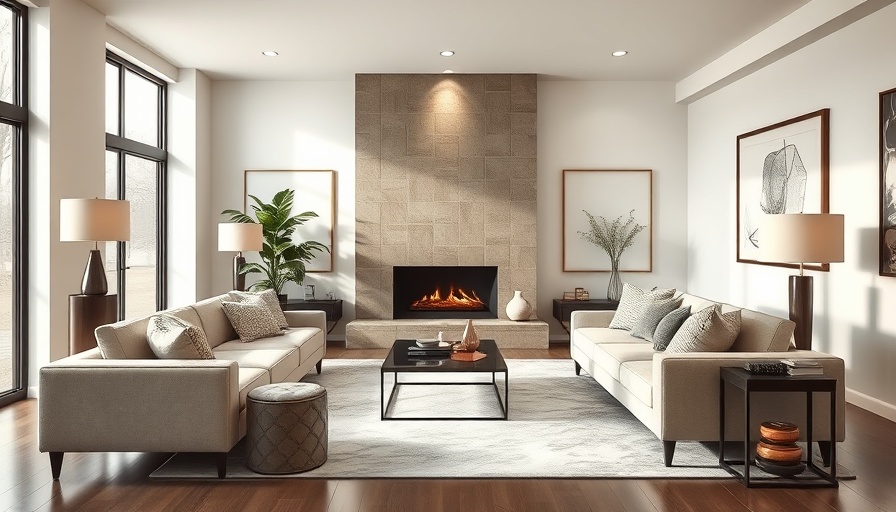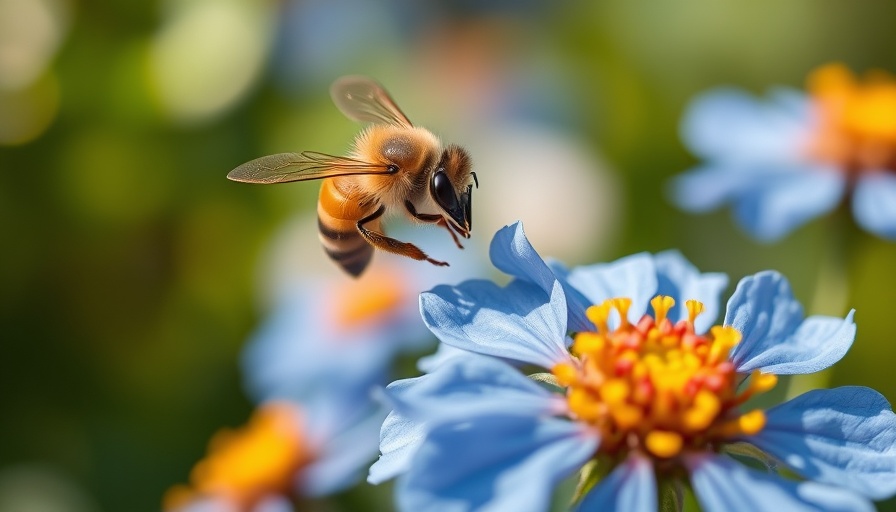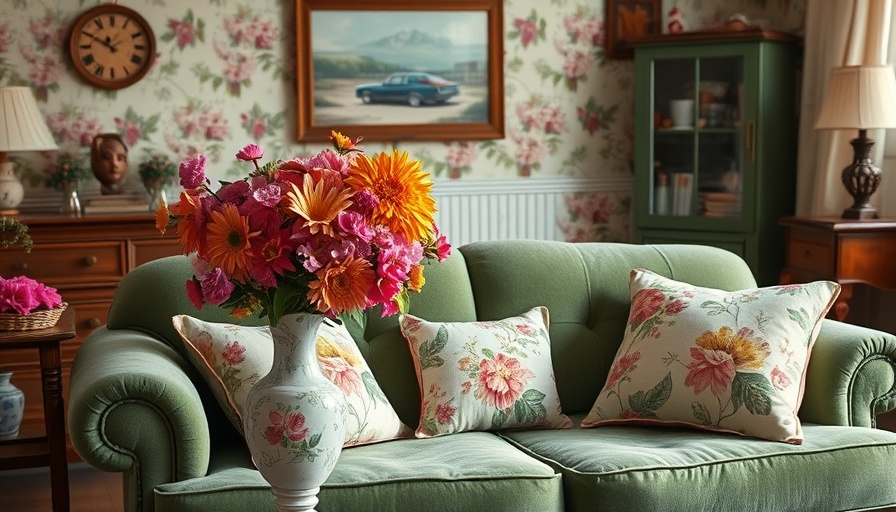
Embrace the Spirit of Summer with Trending Designs
As summer arrives, it’s not just a season for sun, surf, and barbecues; it’s also a golden opportunity to refresh our home spaces. According to top interior designers, the trends emerging this year are vibrant and welcoming, encouraging us to infuse personality and warmth into our surroundings. This summer, let's delve into the popular design concepts that light up our interiors, creating a joyful ambiance perfect for entertaining and relaxation.
Patterns with Personality: Infusing Whimsy into Spaces
This summer, there’s a buzz around using distinct patterns to add flair and charm to your home. Designers like Abby Evans emphasize the invigorating effect of patterns, asserting that they bring life to interiors—whether through stripes, florals, or textured lighting. “It's not about being bold for bold's sake,” Evans explains, “but about constructing spaces that feel dynamic and alive.” By carefully selecting pieces that house quirky patterns, you can transform your environment into a vibrant postcard of summer.
Pale Yellow: The Uplifting Neutral
As the world slowly shifts toward warmer tones, the soft embrace of pale yellow is capturing hearts. The versatility of this buttery shade makes it an excellent alternative to conventional whites and beiges. Designers Elizabeth Bennett and Mallory Robins note, “It brings a cheerful vibe while maintaining neutrality.” Combining pale yellow into your decor not only brightens up the space but uplifts spirits, making it a perfect choice for summer vibes.
Natural Woven Accents: Bringing Texture Inside
One can't ignore the growing trend of incorporating natural woven elements in our living spaces. Designers like Sara Swabb highlight how textured accents such as rattan and cane add warmth without overcrowding the design. “This summer, it's all about achieving that airy feel—handwoven pendants or rattan screens ground the space, allowing it to breathe,” Swabb articulates. These elements elevate the organic, rustic feel and invite a sense of tranquility, aligning with the natural beauty of the season.
Outdoor Bars: Extending Entertainment Beyond Walls
In the spirit of maximizing outdoor living, the trend of outdoor bars has come to life. With many people viewing their homes as sanctuaries, turning the patio into a lively bar space can enhance the summer experience. Designers like Jeanine Hays and Bryan Mason suggest, “Include a bar table, a stylish cart, and your favorite cocktails to create a resort-like atmosphere at home.” This trend underscores a shift towards home-based entertainment, perfect for gatherings with friends and family.
Innovative and Sustainable Materials: The Future of Design
Our growing consciousness of environmental issues has seeped into home design. Many designers are now emphasizing the use of sustainable materials that reduce environmental impact while enhancing aesthetics. This includes the use of recycled or upcycled materials, as well as sustainably sourced woods. As a response to both ecological concerns and a desire for unique home features, these materials bring not just beauty but also meaning to our living spaces.
Future Predictions: What’s Next in Interior Design?
Looking ahead, there are several emerging trends that are likely to shape the interior design landscape. Predictions suggest an escalation in cozy, personalized home environments, with eclectic styles becoming more common as homeowners seek to reflect their unique identities. The emphasis will also be on multifunctional designs that accommodate the realities of modern living. These evolving preferences will require designers to be innovative and adaptable, ensuring spaces remain not just stylish but practical.
Engaging with these summer trends can transform homes into spaces of relaxation, joy, and style. As you consider adding new accents and features, remember that design is about personal expression. Let your home reflect the beautiful season of summer—where warmth and laughter fill the air. So go ahead, embrace these trends and reimagine your living spaces!
In conclusion, the summer of 2025 is shaping up to be one filled with vibrant patterns, uplifting colors, and a seamless blend of indoor and outdoor living. Bring the spirit of summer into your home and let your creative vision shine.
 Add Row
Add Row  Add
Add 




Write A Comment